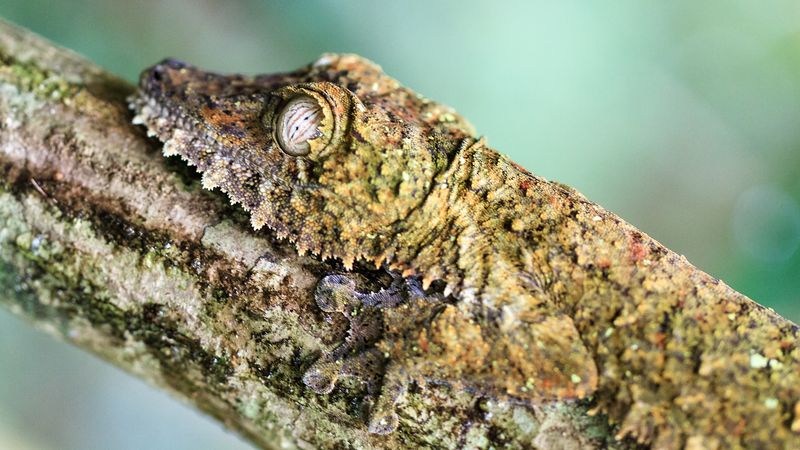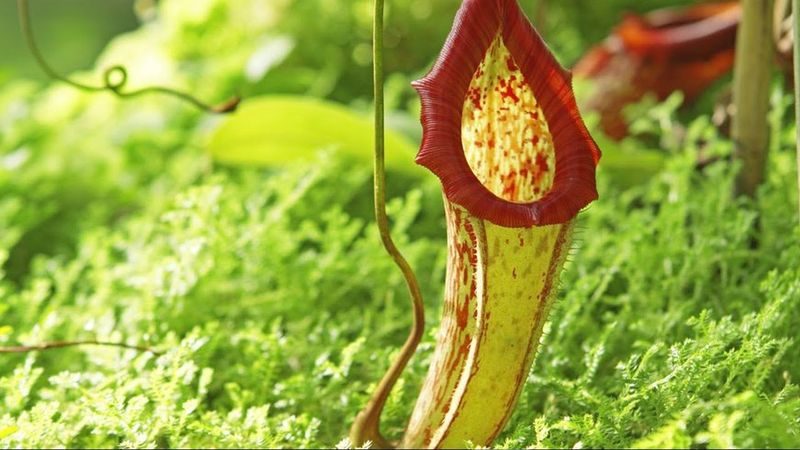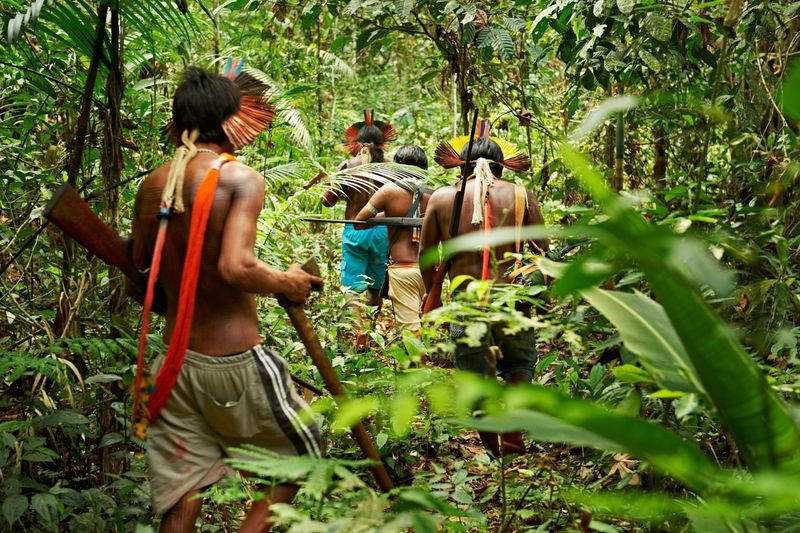Beneath the towering trees of the rainforest, a world thrives in vibrant secrecy. From the whispering leaves to the crawling shadows, every layer teems with life, mystery, and ancient wisdom. Rainforests are more than ecosystems—they are living cathedrals of biodiversity, home to over half of the world’s species despite covering just 6% of Earth’s surface.
Layers of Life: The Rainforest’s Natural Skyscraper
The rainforest is structured like a living skyscraper, with each layer hosting its own community of life. At the emergent layer, the tallest trees pierce the clouds, housing eagles, monkeys, and butterflies that thrive in constant sunlight. Beneath that lies the canopy, a dense green roof where most of the rainforest’s wildlife resides—sloths, toucans, and countless insects call it home. The understory is darker, more humid, where frogs, snakes, and big cats like jaguars lurk. And at the forest floor, where sunlight barely reaches, fungi break down matter and large mammals forage in the shadows. Each layer is interconnected, a vertical web of relationships that supports one of the most dynamic ecosystems on Earth.
Masters of Camouflage: Hidden in Plain Sight
In a world so dense with color and sound, the best survival strategy is often invisibility. Rainforest creatures are masters of disguise—leaf-tailed geckos vanish against bark, glass frogs reveal their organs through translucent skin, and stick insects mimic twigs so perfectly they sway in the breeze to sell the illusion. Some butterflies resemble dead leaves, while snakes like the eyelash viper blend seamlessly into mossy branches. This camouflage isn’t just for hunting or hiding—it’s an evolutionary arms race driven by intense competition. The rainforest rewards those who can stay unseen, proving that in nature’s most competitive arena, being invisible is often the ultimate superpower.
Plants That Bite Back: Carnivores, Climbers, and Survivors
Rainforest plants are just as wild as the animals. While towering trees dominate the canopy, the lower levels host carnivorous plants like the pitcher plant and Venus flytrap, which lure, trap, and digest insects in nutrient-poor soils. Strangler figs begin life high up in other trees, eventually enveloping and killing their hosts in a slow botanical coup. Lianas, or woody vines, climb skyward using trees for support, creating bridges for monkeys and snakes. Then there are the countless medicinal plants—many still unknown to science—used for centuries by Indigenous communities. Beneath the beauty lies fierce competition, where even plants fight for light, space, and survival in clever, sometimes brutal ways.
Voices of the Jungle: Sounds from the Shadows
The rainforest never sleeps—it sings, screams, clicks, and hums. At dawn, howler monkeys roar like distant thunder, establishing territory. As the sun rises, the orchestra of birds takes over, from the melodic calls of toucans to the rhythmic drumming of woodpeckers. Frogs chirp, insects buzz, and deep within the foliage, predators stalk in near silence. At night, the soundscape shifts: katydids, tree frogs, and bats dominate the audio canvas. These sounds aren’t random—they’re vital communication tools, signaling danger, attracting mates, or coordinating social behavior. Scientists often rely on bioacoustics to study these elusive animals. In the rainforest, every whisper, trill, or growl is a language, a rhythm, a clue to the teeming life under the canopy.
Vanishing Giants: The Urgent Need to Protect the Rainforest
As magical as rainforests are, they’re under constant threat. Logging, agriculture, mining, and climate change are rapidly shrinking these ecosystems. The Amazon alone loses thousands of square kilometers each year—taking with it countless species we haven’t even discovered. Yet these forests are critical to global health: they regulate climate, produce oxygen, and store vast amounts of carbon. They’re also cultural sanctuaries, home to Indigenous peoples whose knowledge and stewardship are key to sustainable preservation. Efforts to protect rainforests—from reforestation projects to eco-tourism and legal reforms—are underway, but time is short. Protecting what lies under the canopy isn’t just about saving wildlife—it’s about saving ourselves.





